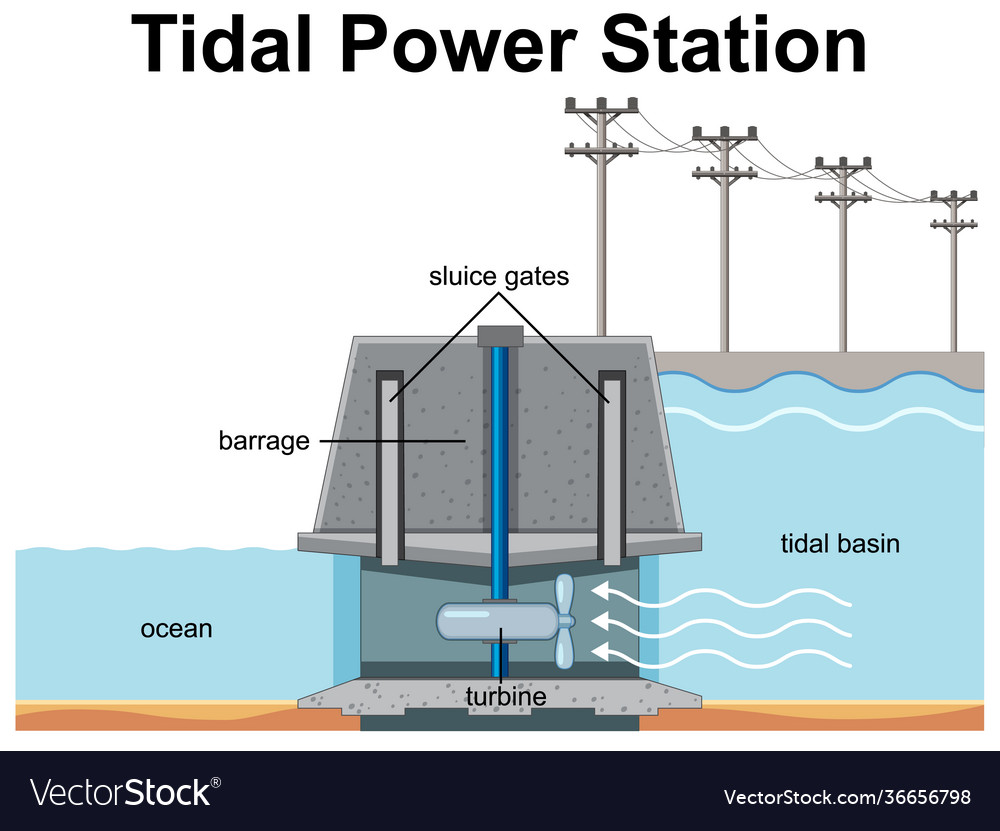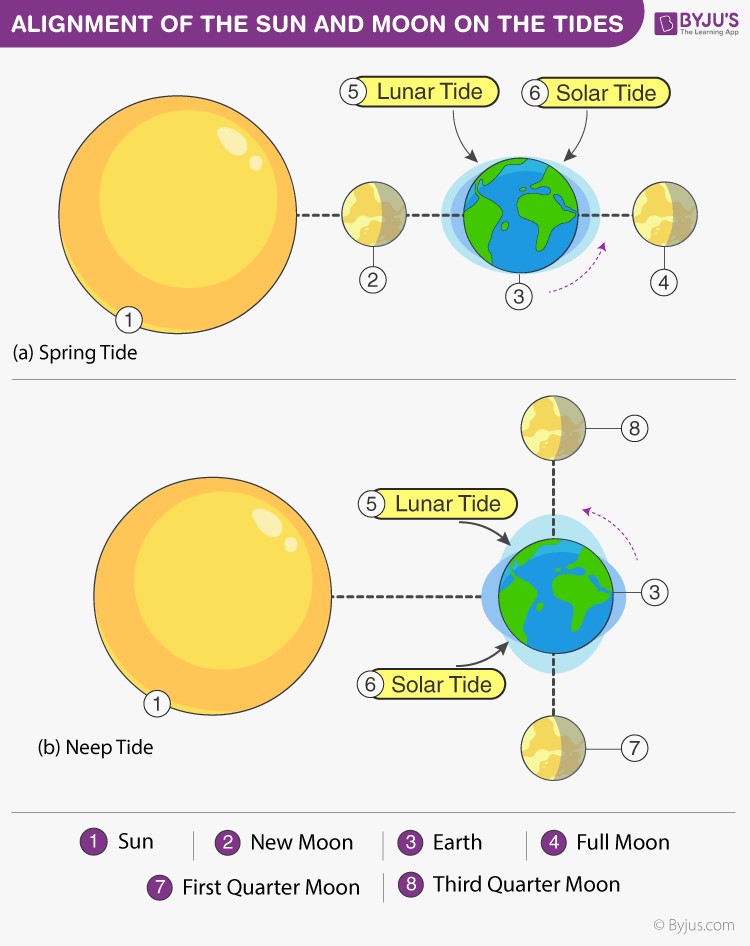

Looking into the underlying reasons that have already made the UK one of the most notable producers of tidal energy, they come down to firstly, technological advancement and secondly, natural predisposition of the area. The tidal technical capabilities in the UK However, the industry is hopeful that with the mounting need for further decarbonisation of the energy industry, the UK will revisit its tidal energy potential. When examining the possibility of a tidal lagoon fleet in 2017, it dismissed the opportunity because tidal capital cost per unit of annual power output was higher than other energy sources. The government has already undertaken a few reviews into the potential of tidal energy.
#Tidal energy full
We also know we can overcome these challenges through the use of a full suite of renewable technologies – tidal energy needs to continue to expand and be part of that mix,’ concludes MacKenzie.According to estimates from the UK’s tidal energy movement, the country has the potential to bag £76bn of the future tidal market, while helping to reduce the UK’s carbon emissions by 2050 and creating around 23,500 new jobs by 2050.

‘We know the challenges we are facing with climate change and the need to get to net zero carbon. It found that higher electricity demand has been responsible for over half of the growth in energy need, and that CO2 emissions rose 1.7 % last year, reaching a record high. According to the Paris-based International Energy Agency, the global energy consumed in 2018 increased at nearly twice the average rate of growth since 2010. That is good news for a power-hungry world. ‘Through research carried out on the project, we estimate there could be many tens of thousands of machines using the TIPA technology deployed all around the world over the coming decades,’ says MacKenzie. With the growing opportunity to harness the power of tidal energy, the plan now is to introduce TIPA’s novel technology in the market. Under favourable regulatory and economic conditions, ocean energy technologies (tidal and wave) could meet 10 % of the EU’s power demand by 2050. The potential global market of tidal power is between 150-800 TWh (terawatt hours) per year, or up to EUR 40 billion per year. They then tested it in the sea in Scotland where it functioned very well.
#Tidal energy generator
This direct-drive generator enables tidal energy to be turned into electricity with much greater ease and more cost effectively.īefore installing the new generator in the sea, the project team spent three months testing it onshore at the world’s leading test centre at Germany’s Aachen University. The consortium has developed a tidal turbine generator without a gearbox. Aside from the cost-effectiveness, what makes TIPA truly groundbreaking is perhaps its simplicity. ‘We’re absolutely delighted that we’ve been able to surpass our targets and reduce costs faster than anticipated.’Ĭutting those costs makes tidal energy much more competitive and will help with the longer-term phasing out of fossil fuels and nuclear energy. This new generator reduces the cost of tidal energy by 29 %,’ says TIPA project manager Seumas MacKenzie. ‘In fact, after rigorous testing and optimisation work, we exceeded that goal by almost half as much again. The initial plan of the project was to cut costs by 20 %, but the TIPA team managed to surpass that. The generator converts the movement of the blades of the tidal turbine into electricity. However, to meet the ambitions and potential of tidal energy, pioneering research is now focusing on cutting costs.Īfter almost three years of research, the EU-funded TIPA consortium, made up of seven companies and organisations, has developed a generator that significantly reduces tidal energy costs. They are also attractive because tidal turbines can be completely submerged and leave no visual impact on the landscape, unlike other sources of electricity generation. Tides are particularly interesting because they are predictable, even years in advance, unlike other renewables such as wind.


With the need to shift away from fossil fuels, there is greater focus on generating electricity from the tide, one of the most powerful forces on our planet. The world’s oceans are teaming with life and untapped clean energy.


 0 kommentar(er)
0 kommentar(er)
